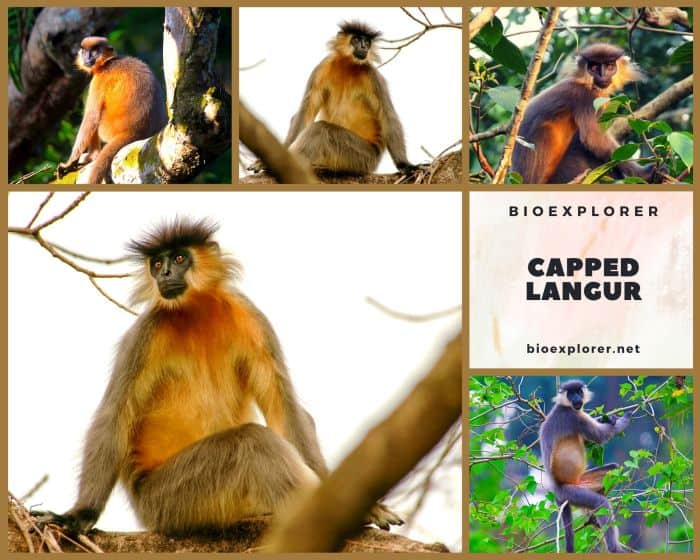
| Animalia | Primates | Cercopithecidae | Trachypithecus | Trachypithecus pileatus |
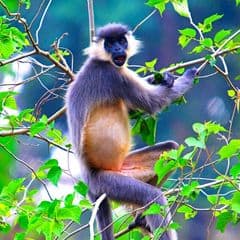

- Common Name: Capped Langur
- Taxonomy Classification Year: 1843
- Monkey Size: 62 to 56 cm (22 to 24.4 in)
- Skin Color(s): Gray, brown, or black
- Habitat: Forests
- Diet: Herbivorous
- Native Countries: Bangladesh, Bhutan, India, Myanmar
Capped Langur Distribution
Capped Langur Characteristics
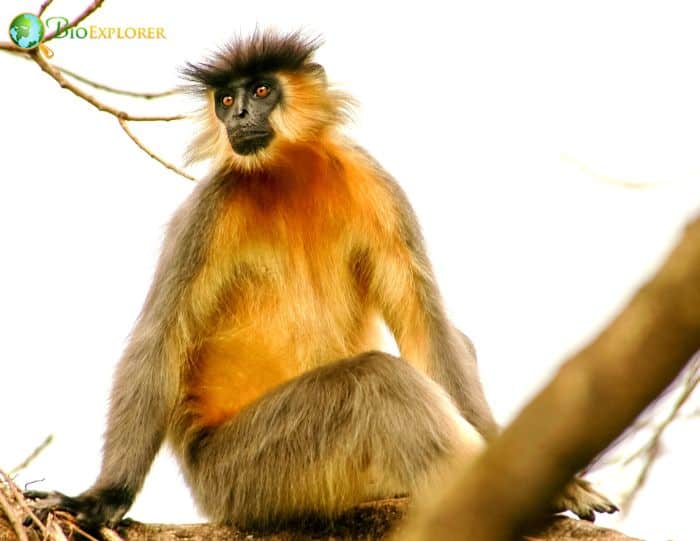
The capped langur[1] is a type of monkey in the Cercopithecidae family.
- These langurs can vary in appearance. This Asian primate gets its name from the thick hairs on the top of the head, typically gray or black.
- Its back is typically draped in black, brown, or gray fur. In addition, capped langur’s belly can range from pale yellow to dark orange.
- As with most langurs, babies have a very different coloration than adults, although the differences between capped langurs are less dramatic than their relatives.
- Adult capped langurs have black skin while babies have pink skin.
What Eats Capped Langurs?
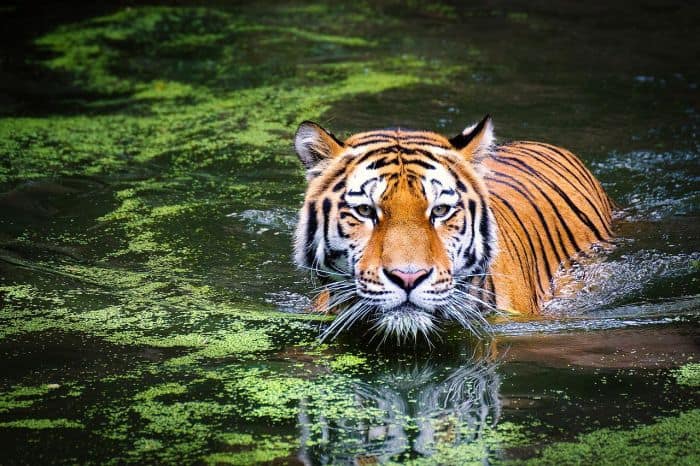
Two main predators for Capped langurs are Leopards (Panthera pardus) and Tigers (Panthera tigris)[§].
Capped Langur Facts
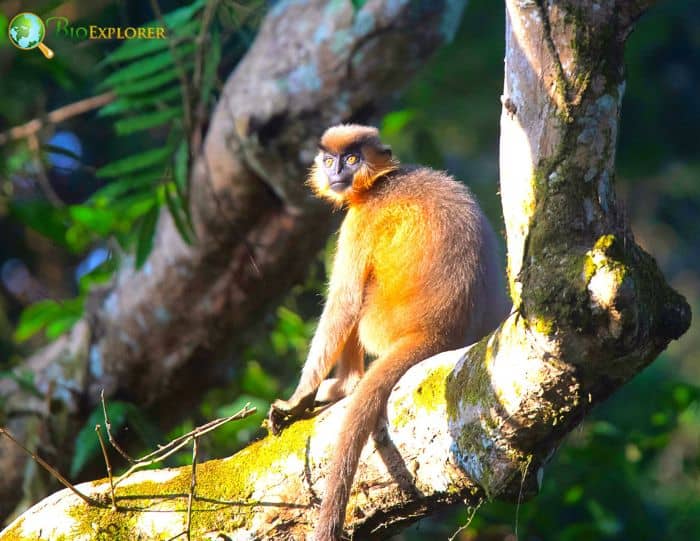
- Capped langurs are naturally very arboreal, even to the point that they get most of their water from leaves and hollows in the forks of trees.
- Although they are primarily silent while feeding, individuals occasionally emit a “nouk” sound when an individual loses contact with the primary group.
- The average group of capped langurs comprises around 9 individuals with a single dominant male, a few adult females, and their young.
- Groups of langurs feed in the early morning and late afternoon, with midday used primarily for traveling and resting.
- Dominant males are much more protective of their mating partners and their young than their food sources.
Suggested Reading: All The Monkeys
Cite This Page
APA7MLA8Chicago
BioExplorer.net. (2025, January 15). Capped Langur. Bio Explorer. https://www.bioexplorer.net/animals/mammals/monkeys/capped-langur/.
BioExplorer.net. "Capped Langur" Bio Explorer, 15 January 2025, https://www.bioexplorer.net/animals/mammals/monkeys/capped-langur/.
BioExplorer.net. "Capped Langur" Bio Explorer, January 15 2025. https://www.bioexplorer.net/animals/mammals/monkeys/capped-langur/.
















